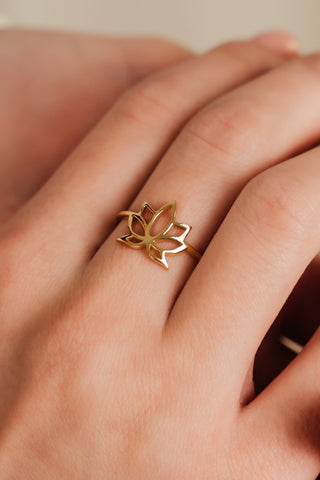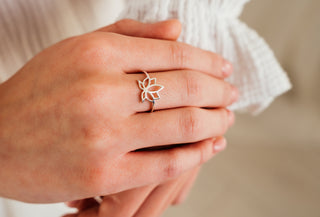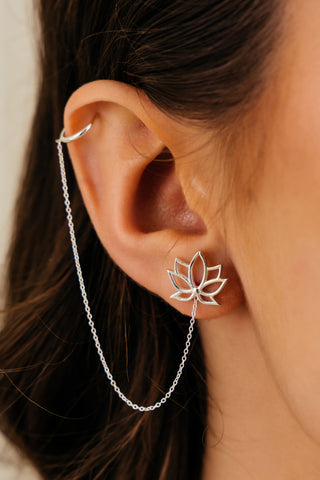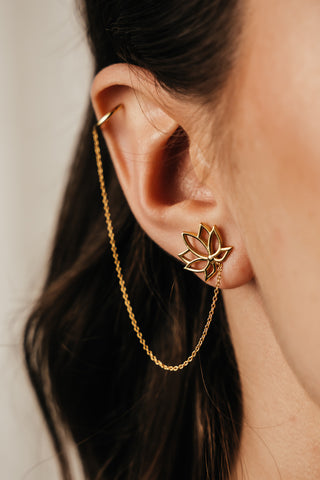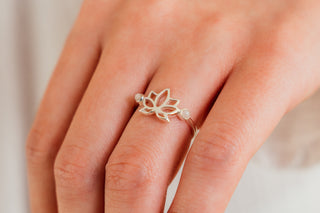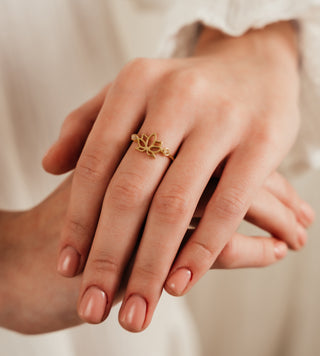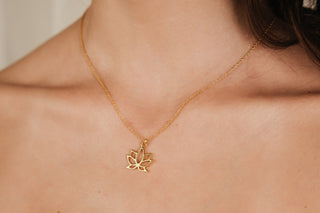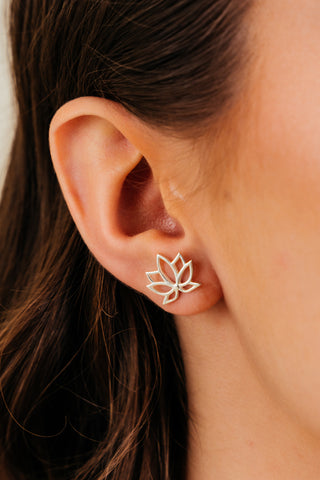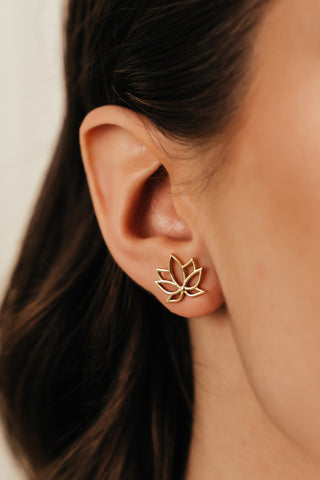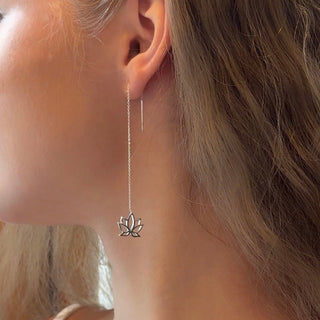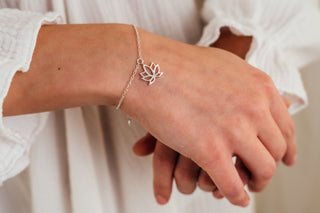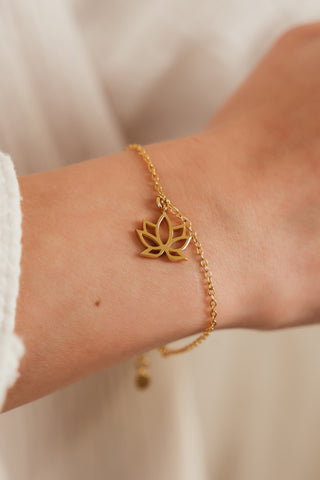A Story of Beauty, Resilience, and Cultural Significance
The lotus flower is more than just a plant; it is a symbol of profound spiritual depth, resilience, and timeless beauty. From ancient scriptures to modern jewelry collections, the lotus has captivated hearts across cultures and eras. Its journey from murky waters to pristine bloom embodies transformation, purity, and enlightenment, making it an iconic symbol cherished worldwide.
A Tale of Resilience: The Lotus Rising from Mud
Picture a calm pond, its surface speckled with lily pads, and amidst the stillness, a lotus flower emerges. Its roots are buried in the muck at the bottom, yet it rises untainted, blooming into a radiant, immaculate flower. This natural phenomenon reflects an extraordinary metaphor: the ability to overcome adversity and achieve greatness while remaining untouched by negativity.
This symbolism resonates universally. In the human experience, we all face challenges, but like the lotus, we strive to rise above difficulties and blossom into our full potential. The flower’s journey mirrors our own, making it a powerful emblem of hope, perseverance, and spiritual awakening.
The Lotus in Different Cultures: A Universal Symbol
India: The Seat of Divinity
In Hinduism, the lotus is sacred, symbolizing spiritual enlightenment and purity. Deities like Vishnu and Lakshmi are often depicted seated on a blooming lotus, reflecting divine beauty and prosperity. The flower is also integral to yogic traditions, representing the unfolding of the human soul, with the “lotus chakra” symbolizing the pinnacle of spiritual development.
In Buddhism, the lotus represents the purity of the mind and spirit, untainted by the murky waters of desire and attachment. The stages of a lotus’s bloom are linked to the stages of enlightenment, with the fully opened flower signifying complete awakening.
Egypt: Rebirth and Creation
In ancient Egyptian culture, the lotus was associated with rebirth and creation. It was believed to have magical properties, as the flower closes at night and reopens with the sunrise, symbolizing the cycle of life, death, and renewal. Egyptian art often depicted the lotus alongside gods and goddesses, emphasizing its divine nature.
East Asia: Harmony and Virtue
In Chinese culture, the lotus symbolizes purity, harmony, and virtue. Its association with Confucian ideals has made it a subject of poetry, art, and philosophy. In Japan, the lotus is revered as a symbol of spiritual awakening and perseverance, aligning with Zen Buddhist principles.
The Lotus in Modern Jewelry: A Timeless Muse
The lotus’s profound symbolism has inspired artisans and designers for centuries. In modern jewelry, the flower’s delicate yet bold structure offers endless possibilities for creative expression. Here’s why it has become a valuable motif in contemporary fashion:
- Aesthetics of Elegance and Simplicity
The symmetrical petals of the lotus create a naturally pleasing design that is both graceful and versatile. Jewelry pieces featuring the lotus range from minimalist pendants to intricate necklaces, making it a perfect fit for various styles and occasions.
- Resonance with Values
As people seek deeper meaning in their possessions, the lotus offers a connection to values like resilience, purity, and self-growth. A lotus-themed piece of jewelry becomes more than an accessory—it becomes a talisman of hope and personal strength.
- Universality of Appeal
The lotus transcends cultural boundaries, appealing to a global audience. Whether it’s a lotus-shaped diamond ring or a gold bracelet with lotus motifs, the flower’s universal symbolism ensures its enduring relevance in the fashion world.





